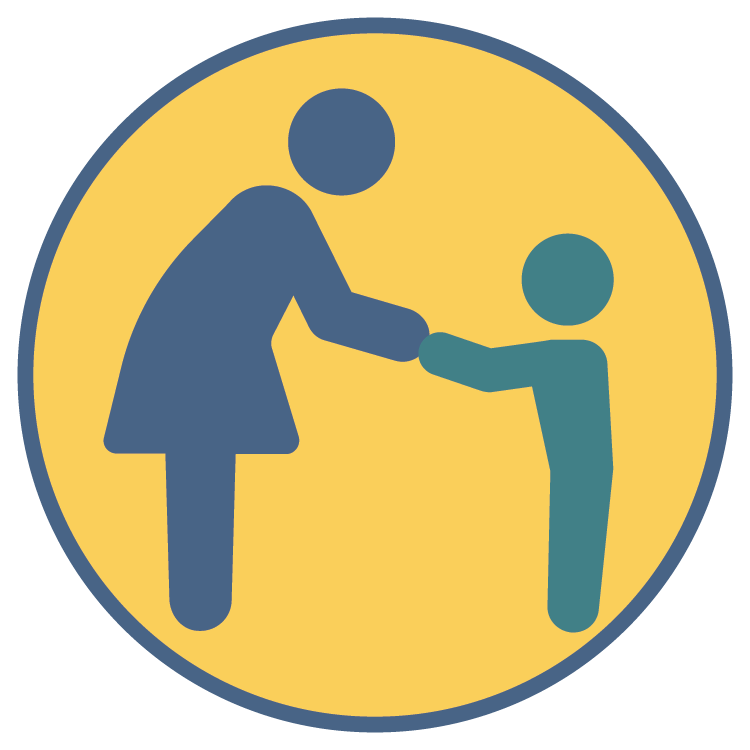Communicating With Children Who Are Deafblind
Children who are deafblind must have communication options that make it possible for them to access and understand messages from others. And they must have ways to express their wants, needs, choices, thoughts, and feelings in ways others will understand.
For children with typical hearing and vision, communication develops naturally as they see, hear, and interact with others. But children who are deafblind don’t have those same opportunities. They require intensive, individualized instruction from knowledgeable educators who understand their unique ways of communicating.
This module examines the many ways children who are deafblind communicate. It offers essential information, strategies, and detailed examples of how to
- Develop and expand communication skills at all levels
- Provide effective access to the general education curriculum
- Create stronger connections with others
Because the content in each lesson builds on that of prior lessons, module participants are encouraged to complete the lessons in order.

Published December 2024 by the National Center on Deafblindness.
Suggested citation:
National Center on Deafblindness. (2024). Communicating with children who are deafblind [Video]. In Teaching children who are deafblind: Professional development for educators [Series]. https://www.nationaldb.org/products/modules/pd/communication/
Use of this Module
As with all NCDB products, this module is available for free on our website. Although we invite anyone to use these materials for independent self-study, the module was specifically designed for professional development providers to use in their training programs and courses. Please note that NCDB does not provide CEUs, certificates, or confirmation of completion.
To learn how this module can be incorporated into your training platform, visit Use of Teaching Children Who Are Deafblind Modules: Info for Professional Development Providers.
Content Expert

MaryAnn Demchak
Dr. MaryAnn Demchak, Ph.D., BCBA-D, LBA (NV and TN), is a Professor of Special Education at the University of Nevada, Reno, where she has taught courses in severe, multiple disabilities and applied behavior analysis in special education for over 35 years. She has also taught a variety of special topics courses such as emerging literacy for students with severe, multiple disabilities; communication for students with severe, multiple disabilities; characteristics of intellectual disability; and various courses in the area of deafblindness.
Dr. Demchak has nearly 100 publications and 250 national and international presentations. Her research emphasis is on instruction of students with severe, multiple disabilities, including sensory disabilities; behavioral skills training of paraprofessional and professional staff; and applied behavior analysis in special education.
Dr. Demchak has been director of Nevada’s state deafblind project (Nevada Dual Sensory Impairment Project) since 1990. The project provides technical assistance to families and service providers of children, birth to 22 years of age, who have combined vision and hearing loss. She works extensively throughout the state in schools and early intervention settings as well as with families to support the educational needs of children with severe, multiple disabilities that include vision and hearing loss.
